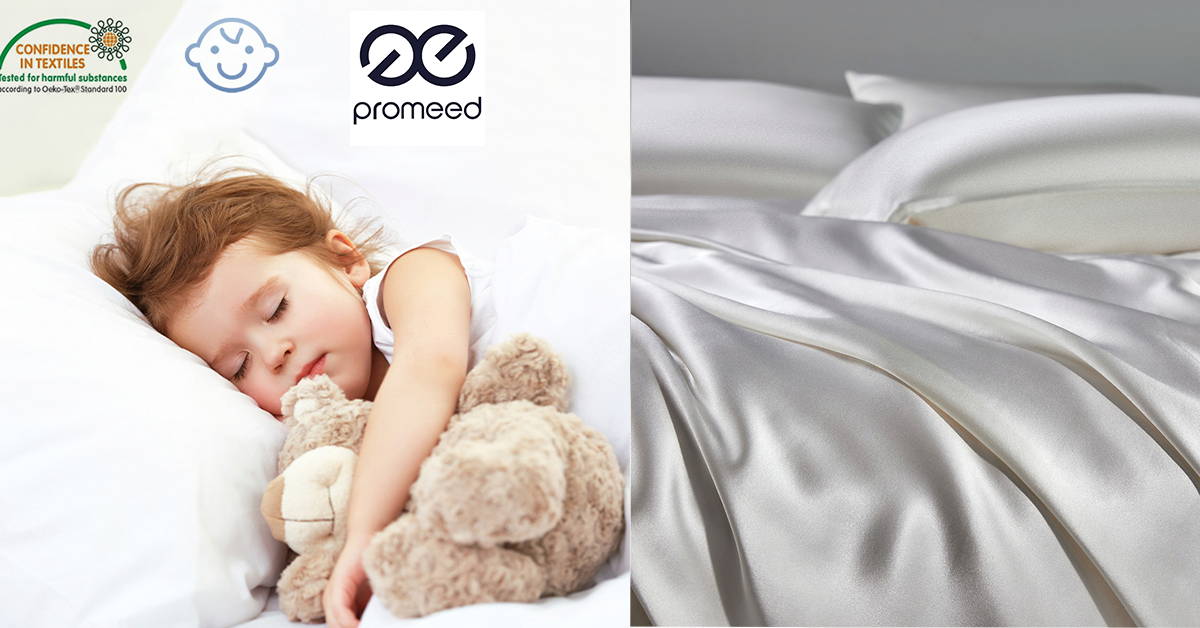Get The Best Christmas Gift! Save Up To 60% Off!
However, when confronted with hundreds of so-called “silk goods” displayed either online or in brick-and-mortar stores, it is a headache to tell which ones are real for an inexperienced person.
Pure mulberry silk is always expensive than synthetic fabrics, such as satin. Satin looks similar to silk, while they are essentially different. Mulberry silk is a natural fiber, and satin is a synthetic fiber. As a result, satin products are usually 4-10 times cheaper than silk products, depending on silk’s types and brands.
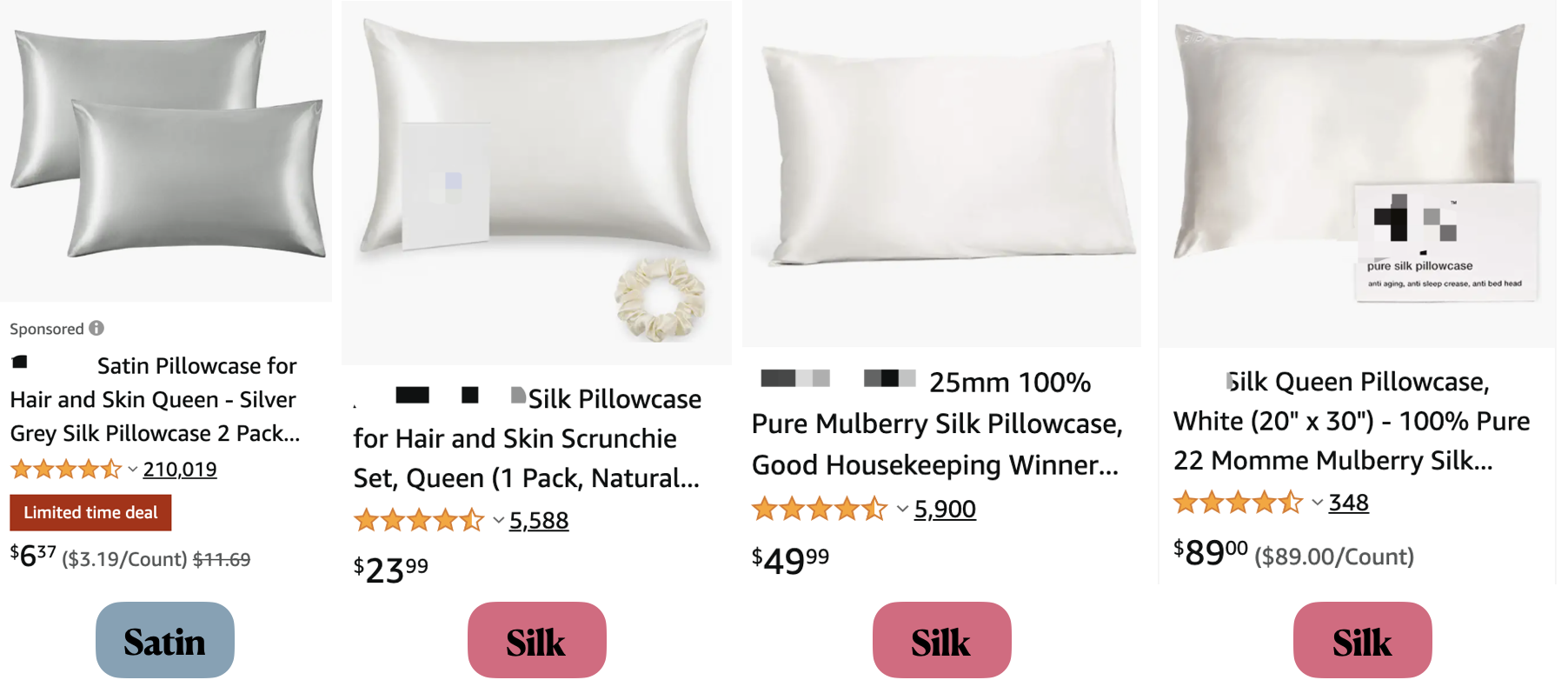
Because of its triangular prism-like structure of mulberry silk fibers, silk shimmers and reflects multicolors from different angles of light, while synthetic fibers only shine white no matter what the angle of light falling on it.
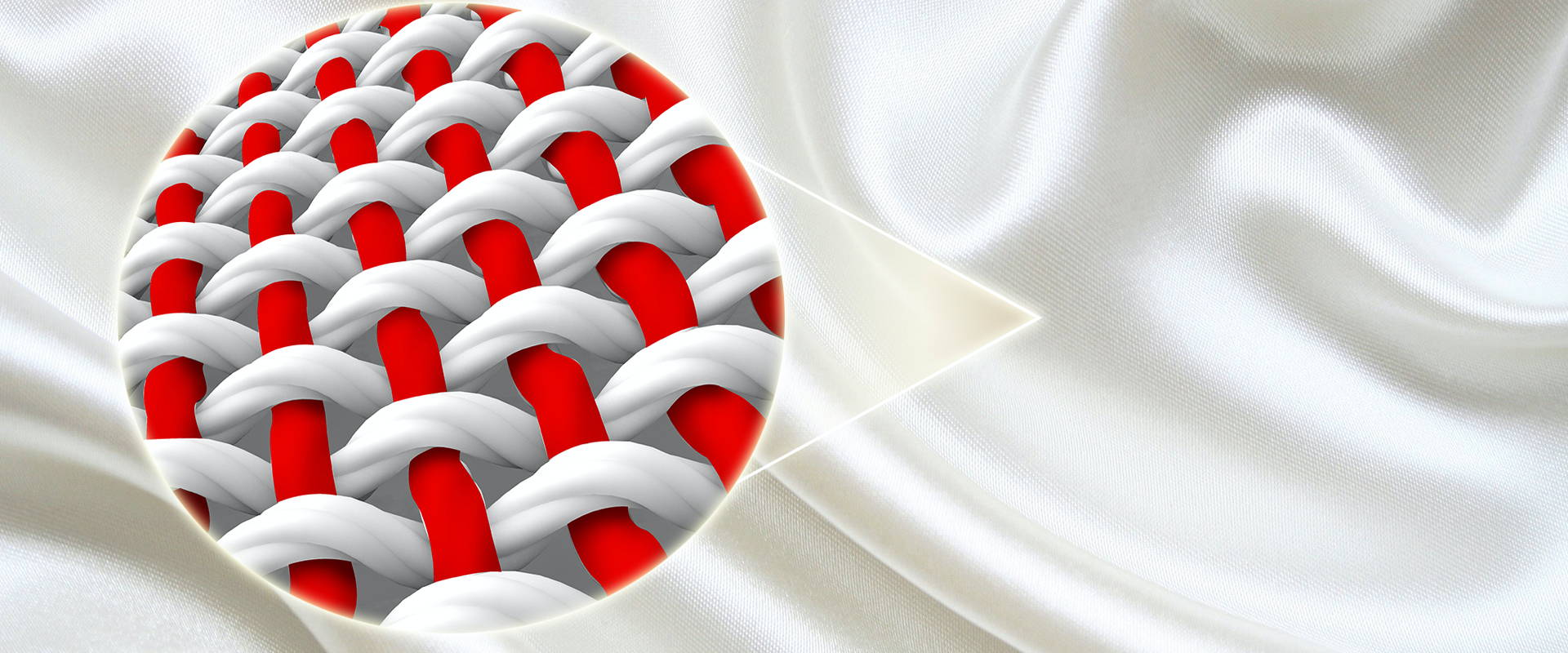
Mulberry silk can be either hand-woven or machine-woven. Hand-woven silk is more natural-looking, and every piece is unique because there are minor variations in the evenness of the texture. While machine-woven silks look perfectly even and all rolls are the same.
Most synthetic fabrics are machine-woven, yet some fake silk fabrics are woven on purpose to look natural with tiny imperfections.
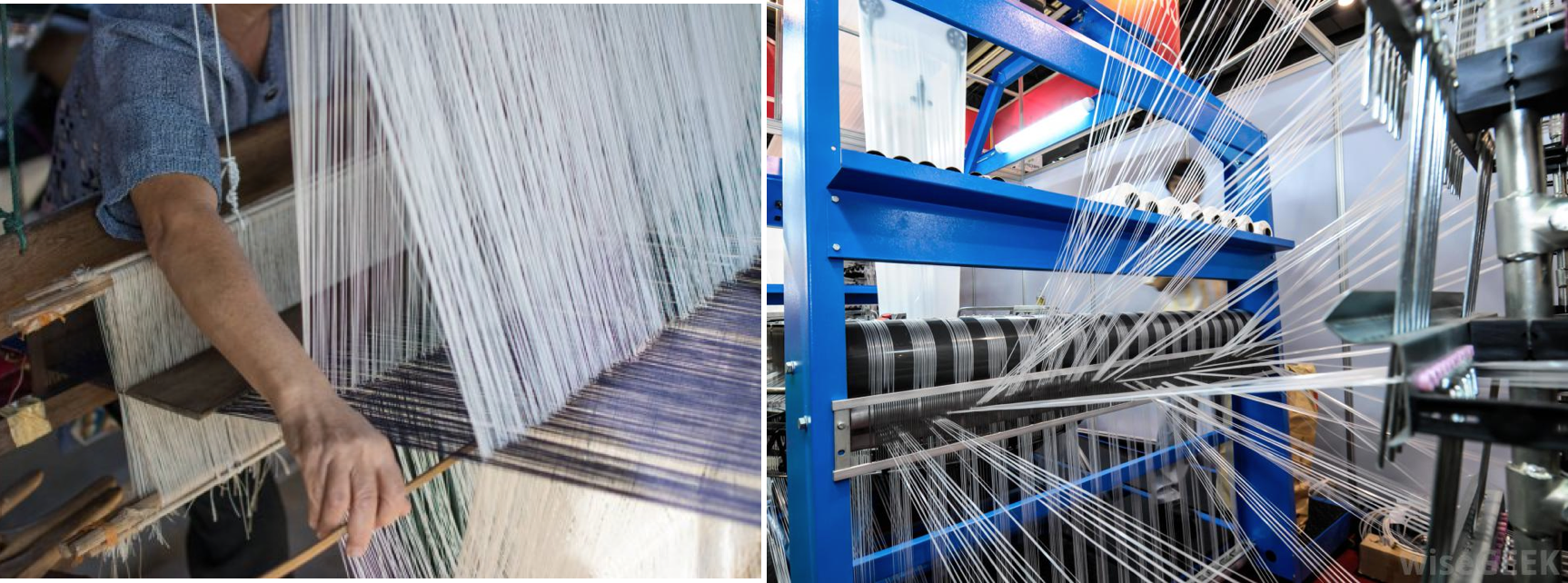
Printing and weaving are two commonly used ways to add patterns onto silks. A printed pattern is visible on one side and a silhouette on the reverse side. A woven pattern is visible on both sides, but the design on the reverse side appears slightly blurred.
Regarding synthetic fabrics, only the printed pattern is available. And the design could only be seen on the printed side.
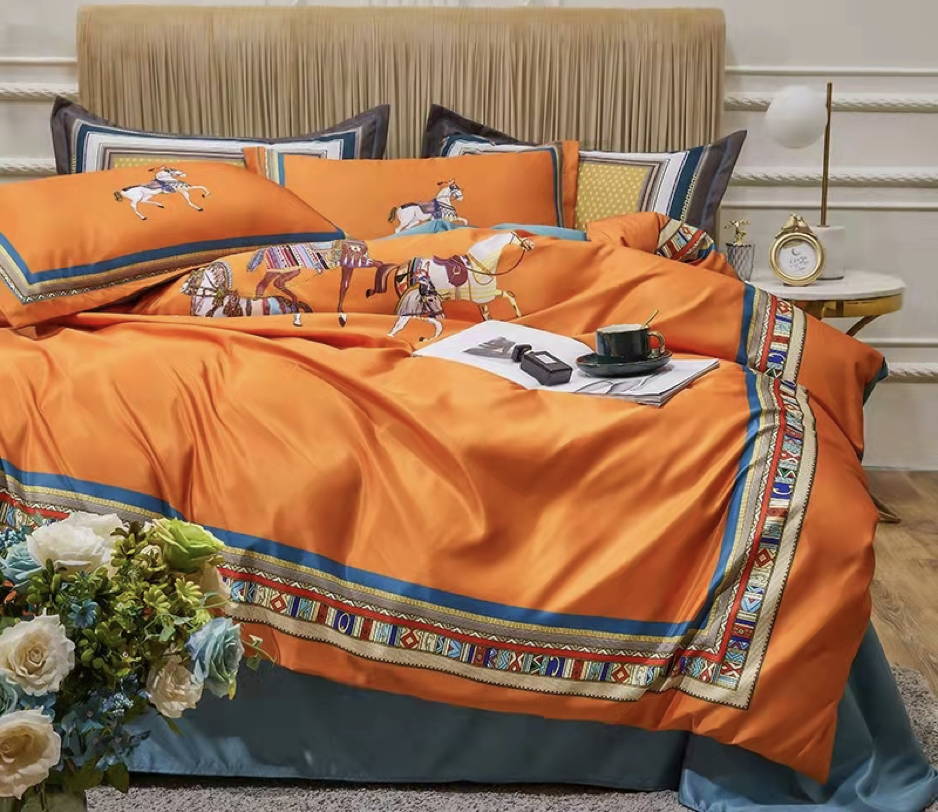
If you touch the genuine silk with your hands, it will have three features.

If you have a mulberry silk fabric swatch on hand, we recommend this method because it is the most definitive test to distingue genuine silk. There are three differences when burning pure silk and synthetic silk.
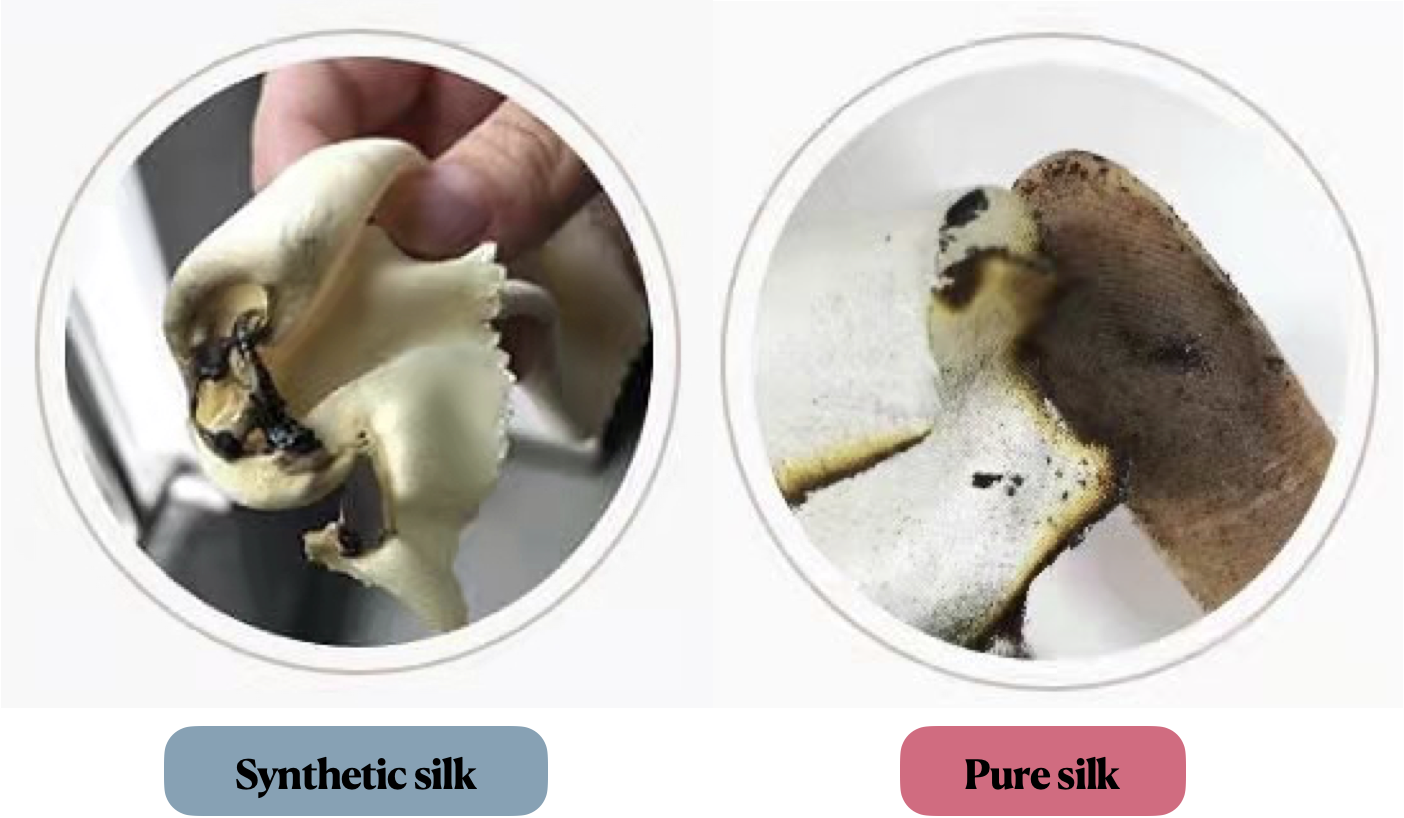
By now you should know how to identify genuine silk without the help of expensive lab equipment.
As an ethical company, PROMEED guarantees to provide 100% 6A /6A+ mulberry silk, and we have passed the Oeko-Tex and ISO 9001 quality certification.
